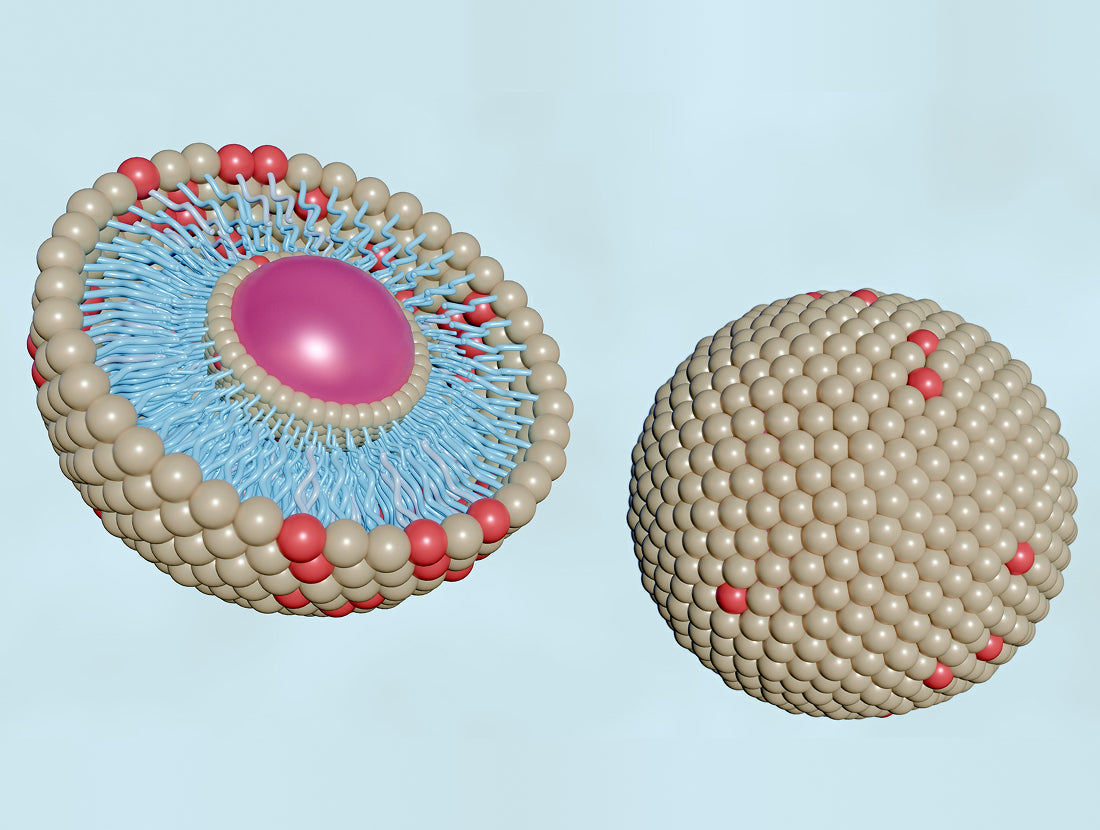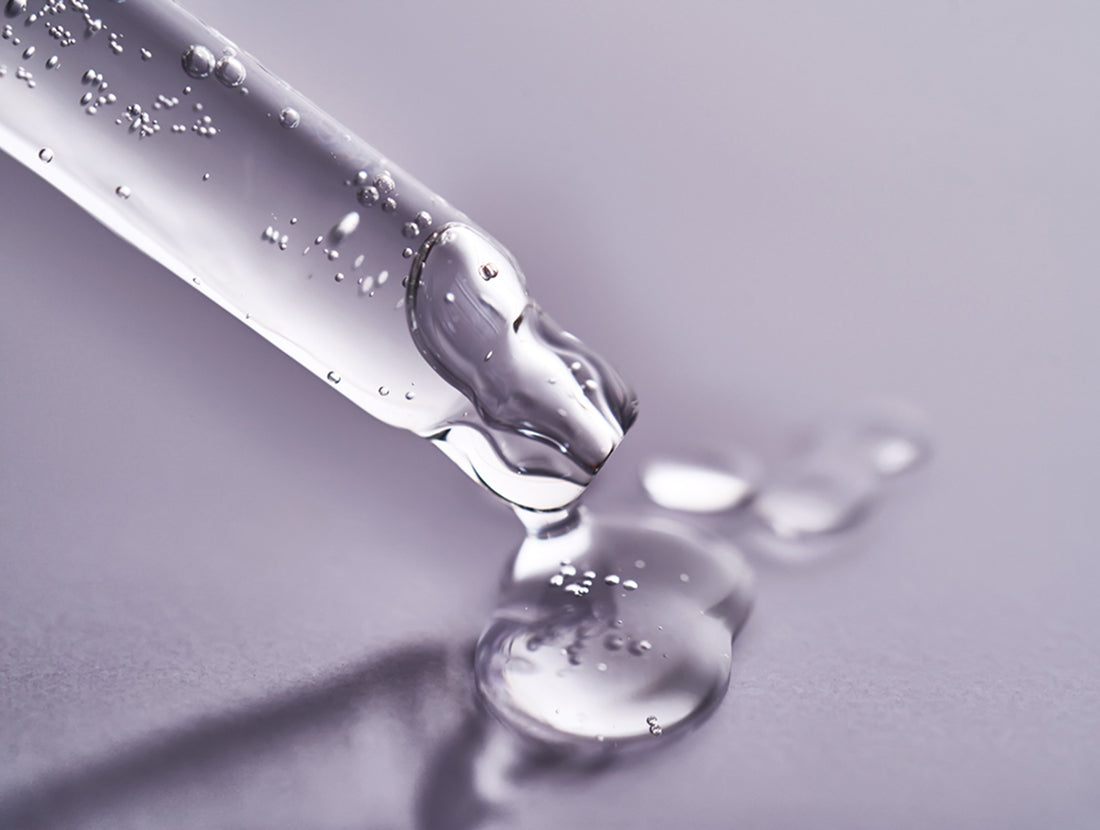The great thing about the skincare market right now is that there are SO MANY sunscreen options to choose from, meaning anyone can find the perfect fit for their unique skin.
But with all those options, it can be overwhelming and difficult to figure out which SPF is right for you. Don't worry though, we are here to help!
Read on for more information on the most important sunscreen considerations and some expert advice to help you find the right daily SPF for you.
1. Mineral or Chemical?

The first thing to consider when selecting a new sunscreen is to ask yourself whether you want chemical or mineral (aka physical) protection. Let's explore the differences between them so you can decide which is the right fit for you.
Chemical Sunscreen
Chemical Sunscreens have traditionally been the most commonly used SPF, at least until recently, as some people have started to reduce chemicals in their lives. There are many forms of chemical active ingredients like avobenzone, octinoxate and oxybenzone, which will always be listed on the sunscreen's packaging.
How they work: Chemical sunscreens absorb into the skin, where they capture UV rays and convert them into heat, which then leaves the skin's barrier.
Benefits of using a chemical sunscreen: Chemical SPFs are typically lighter, thinner, and absorb better, making them more appealing to wear. They don't have to be reapplied as frequently, and combine well with other ingredients, making them easier to wear under makeup. And despite some concerns about their chemical active ingredients, they are generally safe for the majority of people to use.
Drawbacks of Chemical Sunscreen: Because they absorb into your skin, chemical sunscreens take some time to be effective--generally you need to apply at least 15 minutes prior to sun exposure.
They can also cause reactions like burning and stinging for people with sensitive skin.
That means it's also a good choice to avoid chemical sunscreens for a while after aesthetic procedures as your skin heals.
Additionally, you should also not use chemical sunscreens while pregnant, as the absorbed chemicals could be harmful to the baby. There are conflicting reports as to whether or not it is safe to use chemical sunscreens while breastfeeding, but it may be safer to avoid them until your baby is weaned.
There is also evidence to suggest that chemical sunscreens can be harmful to coral reefs and other marine life, so it's good to skip them if you're planning to swim in the ocean or a lake.
When to use a Chemical Sunscreen: If you aren't pregnant and don't have especially sensitive skin, chemical sunscreens are a safe and long-lasting way to protect skin, especially in situations where you're going to be in the sun for extended periods of time. Running a race, going to a pool party, or hanging out at a parade or summer barbecue, are all good times to pull out a chemical sunscreen.
Mineral Sunscreens
Mineral Sunscreens, also known as 'physical sunscreens', are comprised of minerals like Zinc and Titanium Dioxide that block the sun's UVA/UVB rays from penetrating the skin barrier.
How they work: Minera sunscreens sit on top of the skin and don't absorb, instead forming a physical barrier that prevents the sun's harmful UV rays from getting into your skin.
Benefits of using a Mineral Sunscreen: Because they don't absorb into the skin, mineral sunscreens are safe for anyone to use, even people with sensitive or post-procedure skin, or during pregnancy. They are also typically considered reef safe, so you can swim in the ocean without worry.
One other huge benefit to mineral sunscreens is that they begin working immediately, unlike chemical sunscreens that need time to absorb.
Drawbacks of Mineral Sunscreen: Because of the nature of the minerals used, mineral sunscreens tend to be thicker and more likely to leave a cast. They can be more difficult to wear under makeup, although that is improving with newer generations of SPF. and not as cosmetically elegant as a chemical SPF.
They also tend to wear off quicker than chemical sunscreens, so they need to be reapplied more often.
When to use a Mineral Sunscreen: As previously stated, mineral sunscreens are the right choice for pregnancy, and for sensitive or post-procedure skin. They're also the best choice for the beach (just remember to re-apply regularly), and for regular short term exposures like soccer practice or walking the dog. If you're interested in reducing the chemicals in your life, pick a mineral sunscreen
2. Tinted or Untinted?

Anyone who's worn sunscreen, especially mineral sunscreen, has experienced that unwanted white cast that is sometimes left behind, particularly on darker skin tones.
Fortunately, many sunscreens on the market now come in tinted options which can reduce or eliminate this white cast. Many even come in multiple tint options, including new deeper tints so people of all skin tones can protect their skin without a cast.
Cast tends to be less of a problem with chemical sunscreens, so you're more likely to find tinted options in physical sunscreens, but they're available in chemical too.
Overall it's a good idea to choose a tinted sunscreen for your face, and some tinted facial sunscreens even provide enough coverage that they can fill in and even your complexion on days you don't want to wear makeup (see Alastin Skincare Hydratint and Revision Skincare Intellishade if that sounds right for you).
Most tinted sunscreens wear better under makeup than their white counterparts, so put one on as a base layer even on days you're putting on a full face.
In the question of tinted vs. untinted, it's really a matter of personal preference and skin tone, but for most people, especially people with medium to dark skin tones, we recommend a tinted sunscreen for your daily facial SPF.
3. Choosing an SPF Value

Photo credit: M.Malinika / Getty Images
The American Cancer Society recommends choosing an SPF of at least 30 for your daily SPF. Any SPF lower than 15 may help prevent sunburn but won't protect you from skin cancer or skin aging.
A sunscreen with an SPF (sun protection factor) of 30 will block about 97% of UVB rays. Above SPF 30, you will get increased protection, but it's minimal. An SPF of 50 will block 98%, and SPF 100 blocks 99%.
No sunscreen is 100% effective, so always use additional protection when in the sun for prolonged periods of time, like wearing a hat, finding shade, or wearing clothing with UPF (Ultraviolet protection factor).
The bottom line: Pick a sunscreen with an SPF of at least 30 to protect your skin from skin cancer and premature signs of aging.
4. Reapplication Made Easy

Applying sunscreen daily is a huge step in protecting your skin, but it's only a first step: you have to reapply throughout the day for real results.
Let's be honest, that isn't easy to remember, or fun to do for everyone, so here are some tips that make reapplication simple.
1) Keep a powdered sunscreen in your bag for quick and easy reapplication over makeup. Jane Iredale has a fantastic option called Powder Me Dry Sunscreen Brush that comes in four shades and has an SPF of 30.
2) Add a spray-on sunscreen to your beach bag, like EltaMD UV AOX Mist. If getting your kids to hold still long enough to apply sunscreen is a struggle, this spray sunscreen is a game changer. With a specially designed nozzle that sprays in all positions, even upside down, this is the quickest way to apply or reapply when you're on the go. Plus, unlike other spray sunscreens that fly all over even without a breeze AOX Mist comes out in a more defined, mess free stream. Just rub it in and go.
3) If you aren't a fan of spray sunscreens, EltaMD has another sunscreen for easy application on the go, UV Stick. With a compact, mess free package that easily fits in a bag, this stick form sunscreen couldn't be easier to carry with you for fast reapplication for the whole family.
5. More Tips & Tricks

Photo credit: Pattarisara Suvichanarakul / Getty Images
1) Always choose a Broad Spectrum sunscreen to ensure you're protected from UVA and UVB light, meaning you're protected from skin cancer and signs of aging.
2) Don't use makeup as your daily sunscreen. Even if your foundation includes an SPF, it is almost never a high enough factor to protect your skin from sun damage, so you need to pair it with a separate sunscreen every day.
3) Choose one SPF to match your daily lifestyle and a separate one for more active times. For example, use a tinted mineral sunscreen every day under your makeup, but keep an untinted chemical sunscreen on hand for days at the pool.
4) Look for formulas with skincare ingredients that give additional anti-aging benefits. Ingredients like hyaluronic acid and antioxidants can help maximize your skin's sun protection by hydrating and repairing existing damage.
5) Don't forget to protect your lips! Use a lip balm with SPF like
EltaMD UV Lip Balm to keep their delicate skin hydrated and protected from UV light.
6) Remember sunscreen alone is never enough to guarantee your skin 100% protection from sun damage. Wear hats, sunglasses, or other protective clothing, and seek shade when possible.










